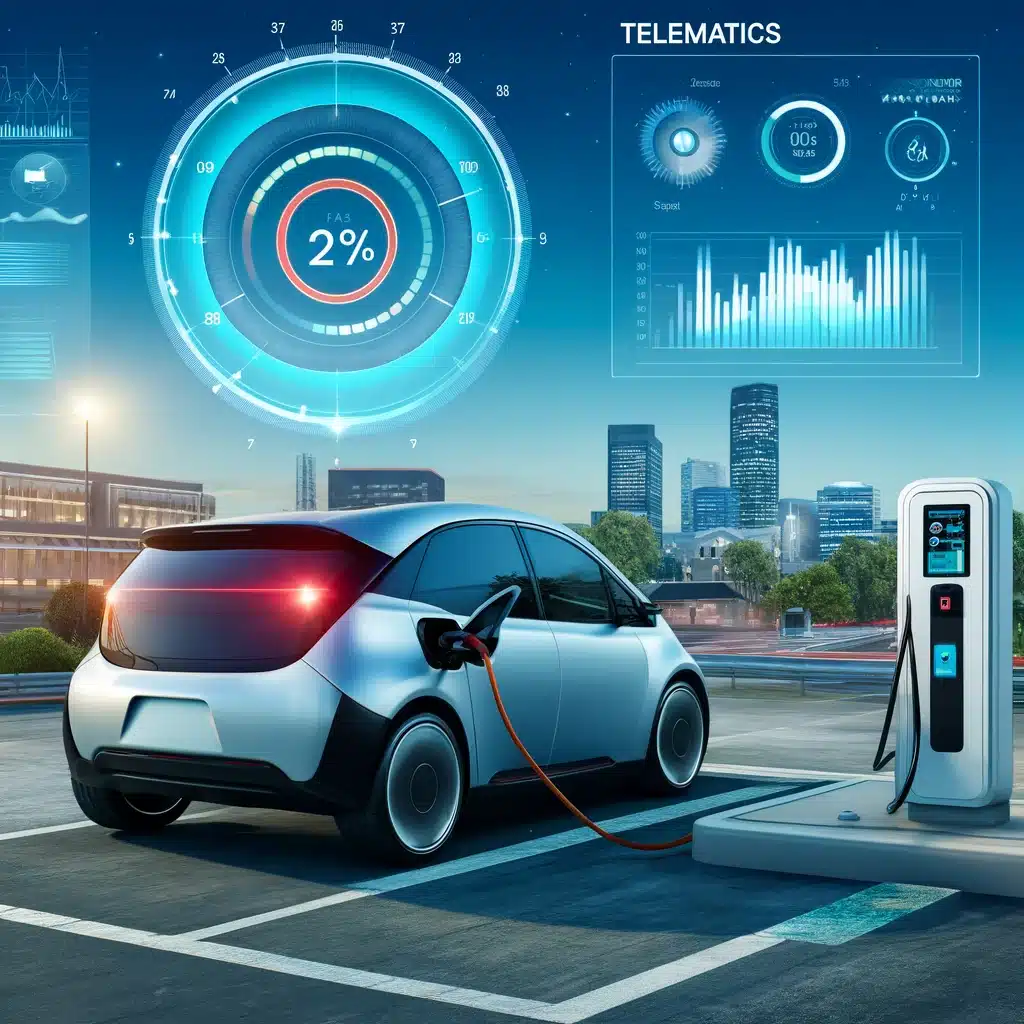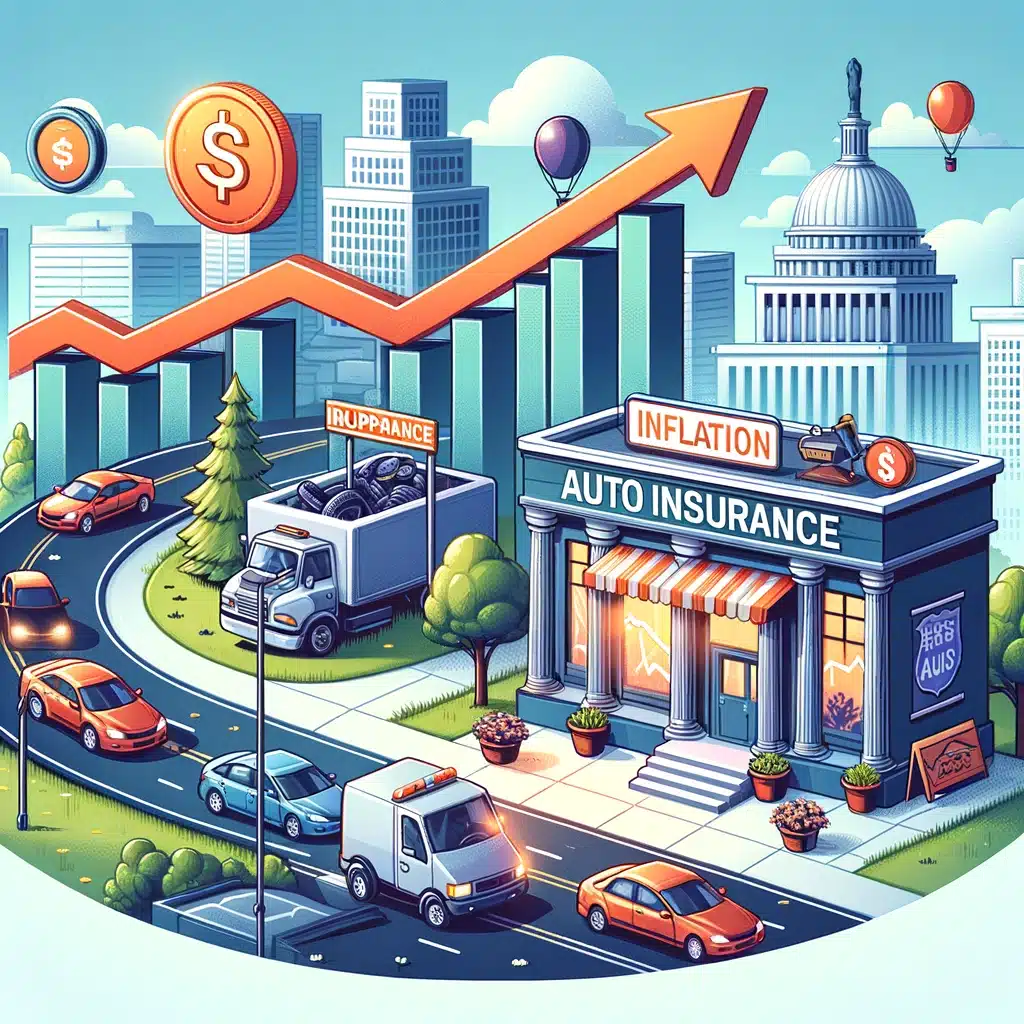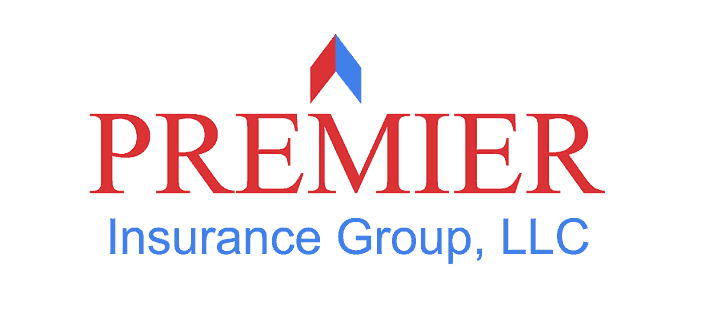In 2024, many drivers are facing higher auto insurance premiums, a trend that is causing concern and prompting questions about the underlying reasons. Several factors contribute to the rising costs of auto insurance, including increased repair costs, the impact of new technologies, and broader economic trends. Understanding these factors can help drivers navigate the changes and make informed decisions about their insurance coverage.
Increased Repair Costs

One of the primary drivers of rising auto insurance premiums is the increased cost of vehicle repairs. Modern vehicles, equipped with advanced technology and safety features, are more expensive to repair than older models.
Advanced Technology and Safety Features: Today’s cars are equipped with sophisticated technology, such as advanced driver-assistance systems (ADAS), sensors, and cameras. While these features enhance safety and driving convenience, they also make repairs more complex and costly. For example, a minor fender bender that damages a bumper with built-in sensors can result in a much higher repair bill than a similar incident with an older vehicle.
Parts and Labor Costs: The cost of replacement parts has also risen, driven by supply chain disruptions and inflation. Additionally, the specialized labor required to repair advanced vehicle systems contributes to higher repair costs. Skilled technicians with expertise in modern automotive technology command higher wages, and their services add to the overall expense of vehicle repairs.
Impact of New Technologies

The integration of new technologies into vehicles is not only affecting repair costs but also influencing insurance premiums in other ways.
Electric Vehicles (EVs): The growing popularity of electric vehicles (EVs) introduces new dynamics into the auto insurance market. While EVs generally have fewer mechanical parts and lower maintenance costs, their advanced technology and expensive battery systems can lead to higher insurance premiums. The cost of repairing or replacing an EV battery is substantial, and insurers factor this into their premium calculations.
Telematics and Usage-Based Insurance: Telematics technology, which monitors driving behavior, is becoming more widespread. Usage-based insurance (UBI) programs offer personalized premiums based on individual driving habits. While this can lead to lower premiums for safe drivers, it also means that drivers with riskier behaviors might see higher rates. The increased use of telematics data allows insurers to more accurately assess risk, potentially leading to higher premiums for some policyholders.
Economic Trends and Inflation

Broader economic trends and inflation are also contributing to the rise in auto insurance premiums.
Inflation: Inflation affects nearly every aspect of the economy, including the auto insurance industry. As the cost of goods and services rises, so do the expenses associated with vehicle repairs, medical care, and legal services. Insurers must adjust their premiums to cover these higher costs, passing them on to policyholders.
Increased Accident Rates: Economic conditions can influence driving behavior and accident rates. For example, during periods of economic recovery, more people may be driving, leading to increased traffic and a higher likelihood of accidents. Insurers respond to these trends by adjusting premiums to account for the increased risk.
Regulatory Changes: Changes in regulations and insurance requirements can also impact premium rates. For instance, new state or federal mandates regarding minimum coverage levels or additional benefits may lead to higher costs for insurers, which are then reflected in the premiums charged to consumers.
Conclusion: Navigating the Rising Costs

As auto insurance premiums continue to rise in 2024, it’s essential for drivers to understand the factors contributing to these increases and explore ways to manage their costs effectively.
Shop Around for Better Rates: Comparing quotes from multiple insurance providers can help drivers find the best rates and coverage options. Each insurer uses its own criteria to assess risk and set premiums, so shopping around can reveal more affordable options.
Take Advantage of Discounts: Many insurers, such as Premier Insurance Group, offer discounts for various factors, such as having a clean driving record, bundling multiple policies, or installing anti-theft devices. Be sure to ask about available discounts and take steps to qualify for them.
Consider Usage-Based Insurance: For safe drivers, usage-based insurance (UBI) programs can offer significant savings. By allowing insurers to monitor driving behavior, policyholders can benefit from personalized premiums that reflect their safe driving habits.
Review and Update Coverage: Regularly reviewing and updating your insurance coverage ensures that you have the right protection at the best price. Adjusting deductibles, eliminating unnecessary coverage, and reassessing your needs can help manage premium costs.
By staying informed and proactive, drivers can navigate the rising costs of auto insurance and find solutions that provide both financial protection and peace of mind.




